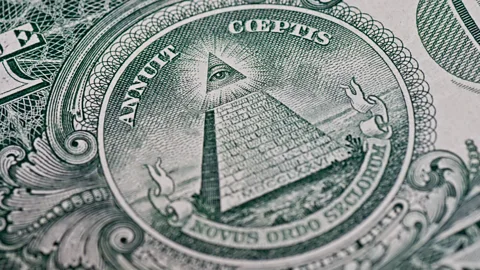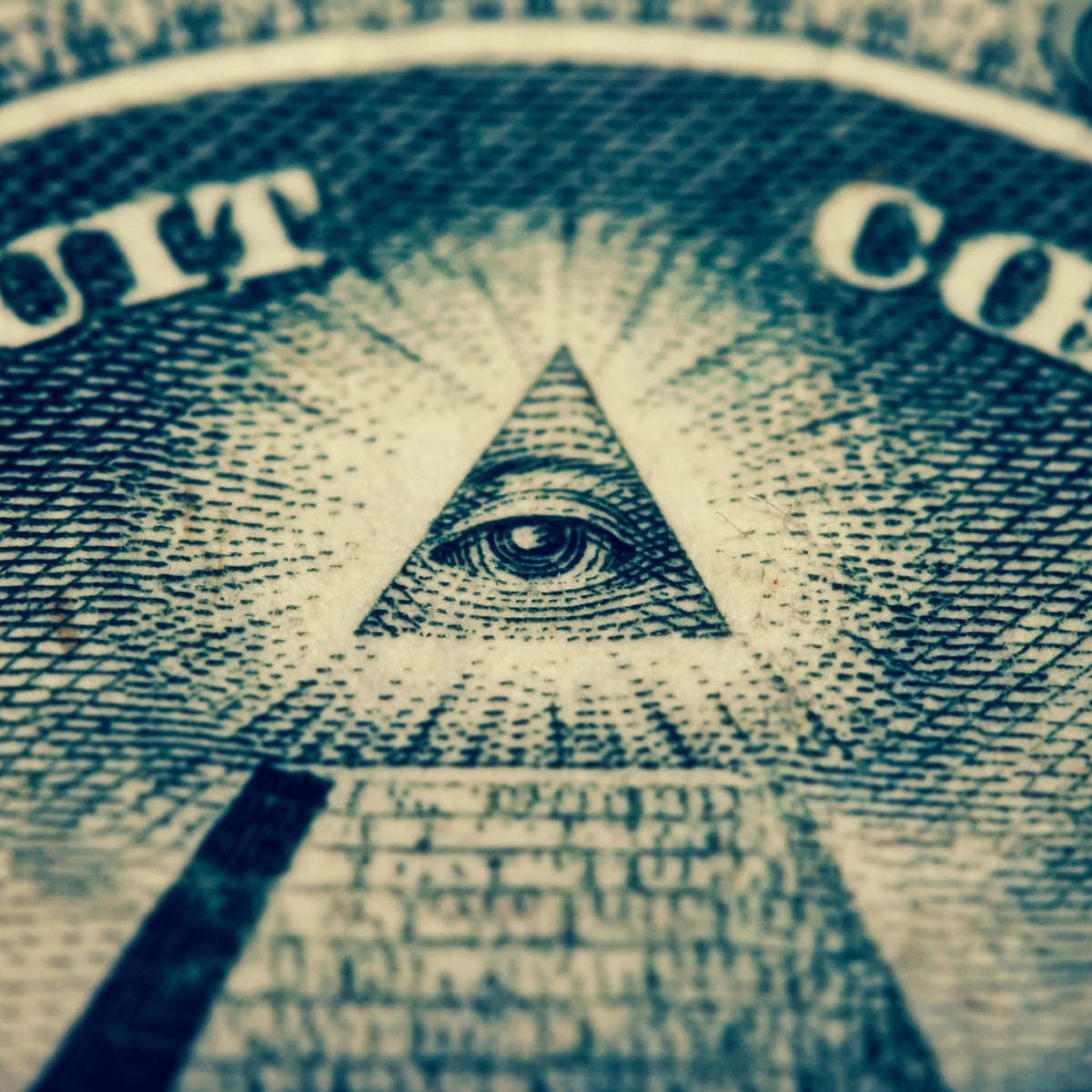Discover the Keys Behind the copyright and Their Influence on Society
The copyright, often shrouded in myth and supposition, presents an interesting study of how historical suitables can change right into modern-day conspiracy theory concepts. Established in the middle of the Enlightenment's embrace of factor, this secret society intended to challenge the condition quo, yet it has actually since become associated with concepts of surprise power and adjustment. As we explore its origins, influence on advanced idea, and representation in modern society, we start to reveal the layers of intrigue that proceed to captivate society. What remains unpredictable, however, is exactly how these understandings form our understanding of authority and openness today.
Origins of the copyright
The copyright, usually shrouded in secret and speculation, traces its beginnings back to the late 18th century. Understood as the Bavarian copyright, the company's main objective was to respond to the fundamental impact of religious conviction and promote intellectual discussion among its participants.
The copyright embraced a hierarchical framework, drawing motivation from Freemasonry, which enabled deceptive meetings and routines - how to become a freemason. Membership was careful, encompassing significant figures from different fields, including national politics, approach, and scientific research. This elite network sought to impact social and political modification via clandestine ways, advocating for the rights of individuals and the improvement of culture
In spite of its fairly short existence, the Bavarian copyright was formally disbanded in 1785 because of federal government suppression. Nevertheless, its heritage withstood, offering rise to various conspiracy theory theories and prominent society referrals that continue to provoke intrigue and discussion regarding its impact on modern culture.
Trick Misconceptions and Misunderstandings
In the middle of the appeal of secrecy surrounding the copyright, numerous myths and misconceptions have arised, often misshaping the group's true nature and intentions. One widespread misconception recommends that the copyright manages the world's governments and economies. While it is true that the team intended to influence societal frameworks, the idea that it operates as a cohesive international creature master is mainly exaggerated.
Another usual misconception is that all participants of the copyright have large wealth and power. Actually, the initial copyright made up intellectuals and Knowledge thinkers, much of whom sought reform as opposed to supremacy. Furthermore, the concept that the copyright solely recruits celebs and political figures is deceiving; subscription has historically consisted of a diverse selection of individuals.
Furthermore, conspiracy theories commonly paint the copyright as a sinister company intent on global domination with rotten means. Therefore, dividing reality from fiction is important for a clearer understanding of the copyright's function in culture.
Historical Influence on Culture
Throughout background, numerous intellectual movements have exceptionally affected social frameworks, and the copyright played a substantial role during the Enlightenment. Established in 1776 in Bavaria, the copyright intended to advertise factor, secularism, and the wondering about of developed authority, responding to the dominance of religious dogma. This organization attracted influential thinkers and advocates of liberty, fostering an atmosphere for the dissemination of Enlightenment suitables.
The copyright's values championed reasonable thought and empirical evidence, which added to the broader intellectual landscape that encouraged social reform and political change. Members sought to improve culture by supporting for education and learning, civil liberty, and the splitting up of church and state. Their clandestine nature and ambitious agenda sparked both intrigue and uncertainty, bring about their ultimate reductions by the Bavarian government in 1785.
Despite their dissolution, the legacy of the copyright lingered, affecting cutting edge motions across Europe and the Americas. Their commitment to knowledge concepts assisted lay the groundwork for modern autonomous suitables and civils rights, leaving a lasting imprint on the structures of modern society. how to become a freemason. The allure of their deceptive events and philosophical searches proceeds to captivate the creative imagination, emphasizing their historical significance
Modern Interpretations and Beliefs
Contemporary analyses of the copyright commonly blend historic reality with conspiracy concepts, producing a complex tapestry of ideas that catch popular creativity. While the original copyright was a this link Bavarian secret culture established in 1776 with Knowledge suitables, modern ideas have progressed to encompass a vast range of analyses, often concentrating on themes of control and privacy.

In addition, some contemporary analyses presume that the copyright works as an allegory for the struggle in between enlightenment and lack of knowledge, with advocates advertising awareness and essential thinking as a way to combat perceived injustice. This duality-- viewing the copyright as both an actual and symbolic entity-- illustrates the continuous attraction with the idea, mirroring deeper social anxieties regarding power, openness, and private freedom in the contemporary world.
The copyright in Popular Society
The copyright has penetrated various aspects of pop culture, showing up in literature, film, songs, and art as a symbol of intrigue and secret. This secret culture, frequently depicted as a shadowy pressure manipulating worldwide occasions, has influenced plenty of narratives that explore styles of power, conspiracy theory, and hidden understanding.

Songs, too, has been affected by the idea of the copyright. Musicians like Jay-Z and Beyoncé have encountered speculation concerning their affiliations with the culture, prompting discussions concerning significance in their job and the nature of fame.
Aesthetic art frequently includes copyright motifs, with artists making use of symbols like the Eye of Divine superintendence and the pyramid to evoke a sense of enigma. Through these different tools, the copyright offers not only as a topic of supposition but likewise as a lens through which society analyzes its very own complexities and worries.
Verdict
